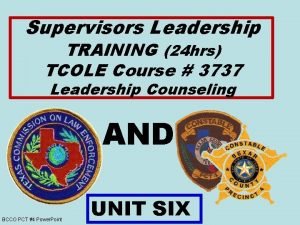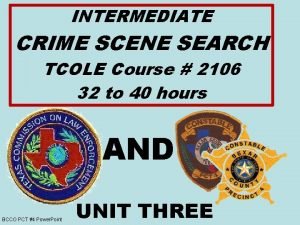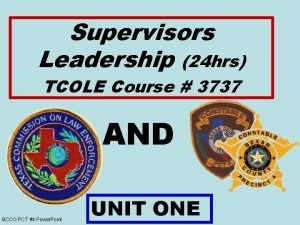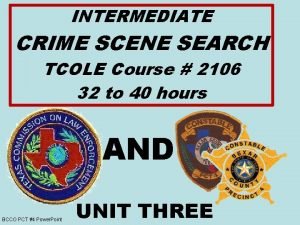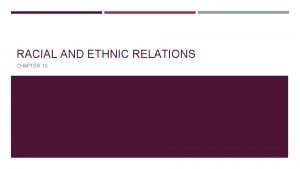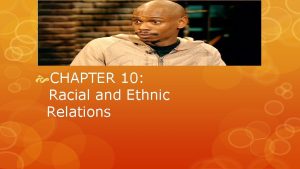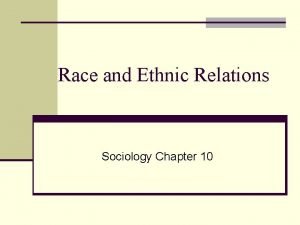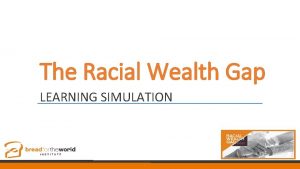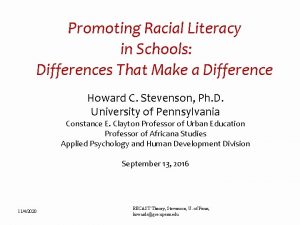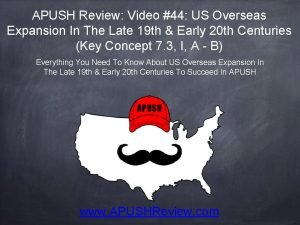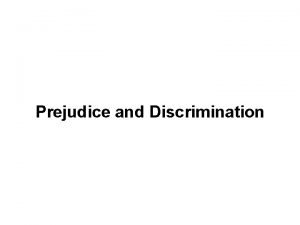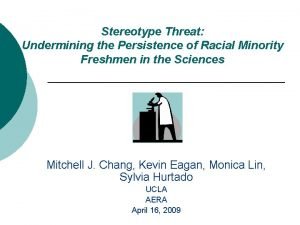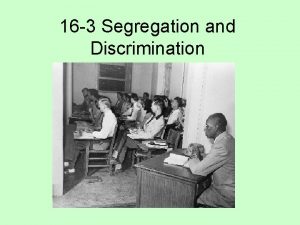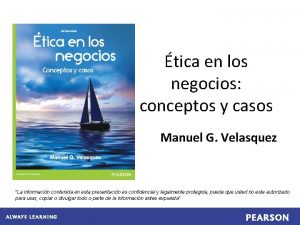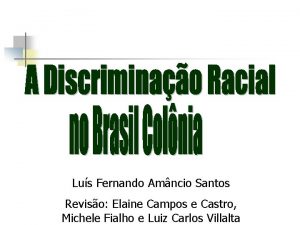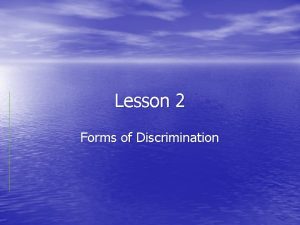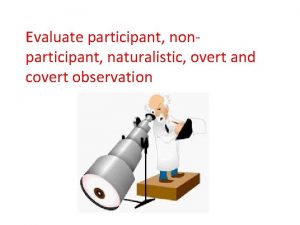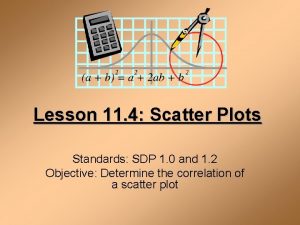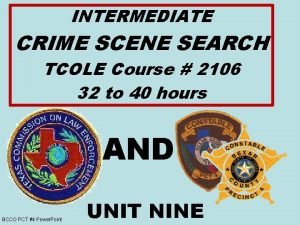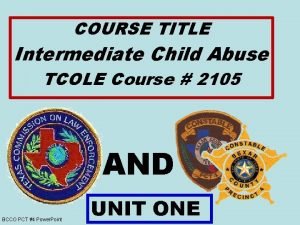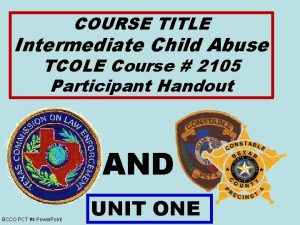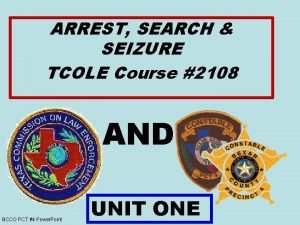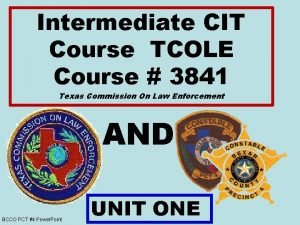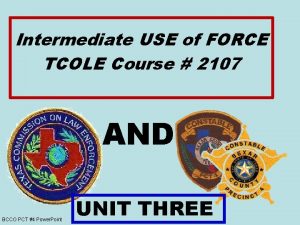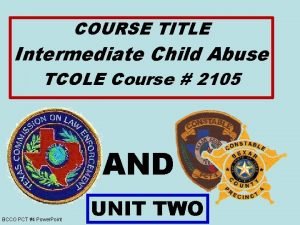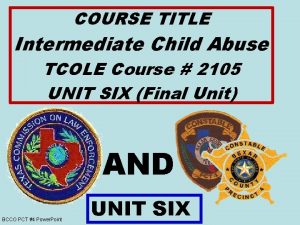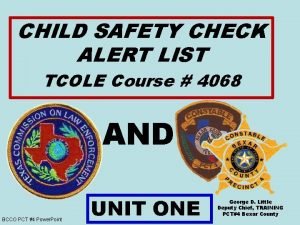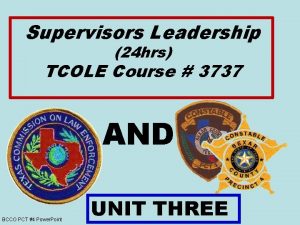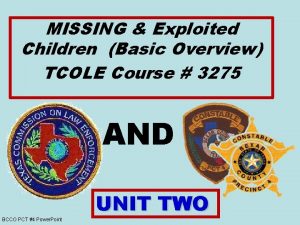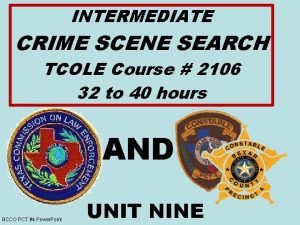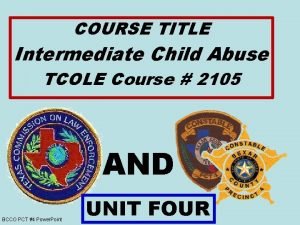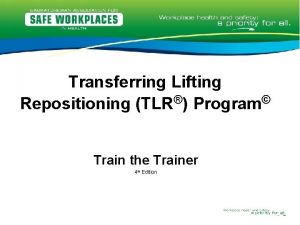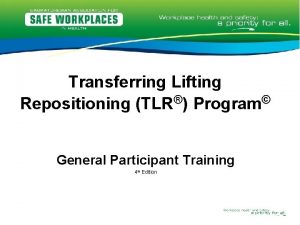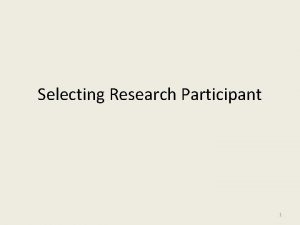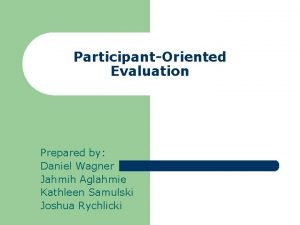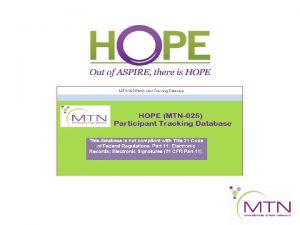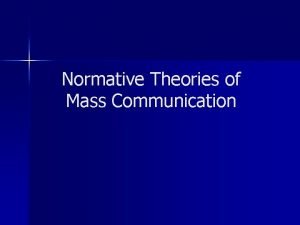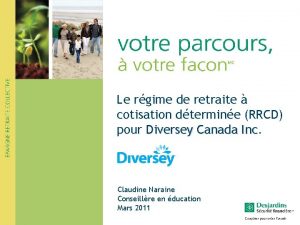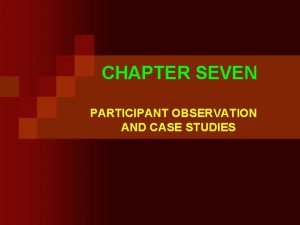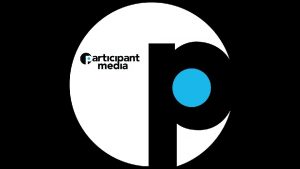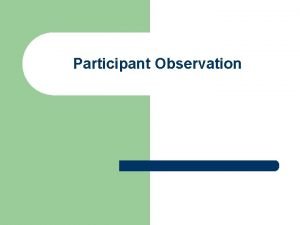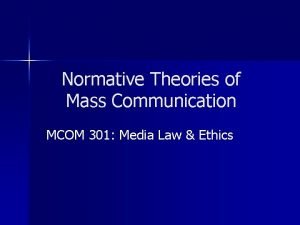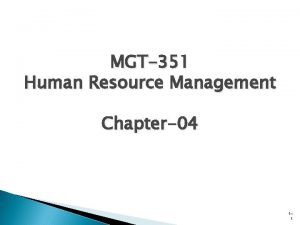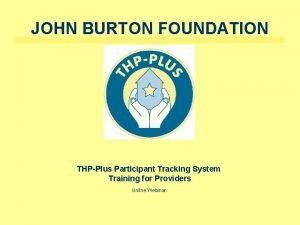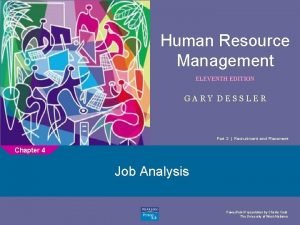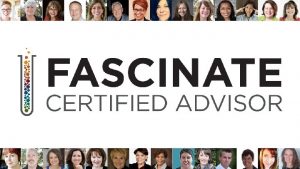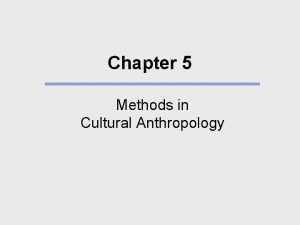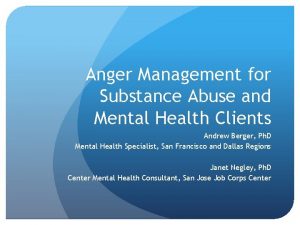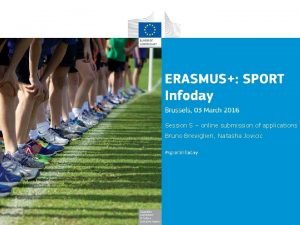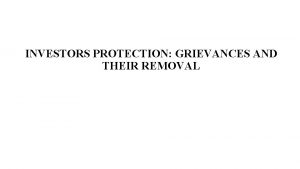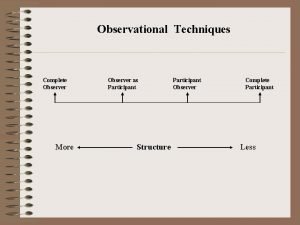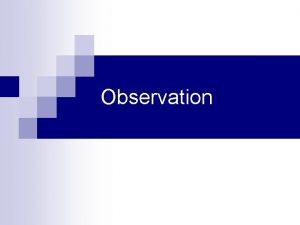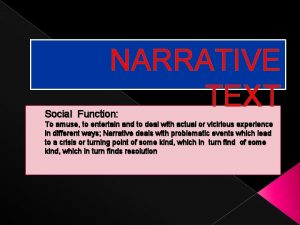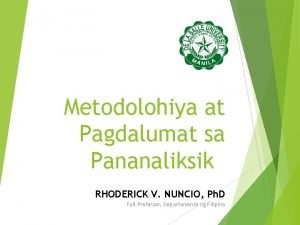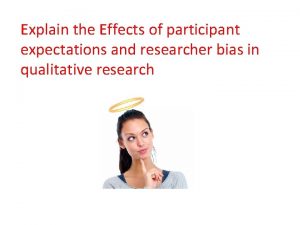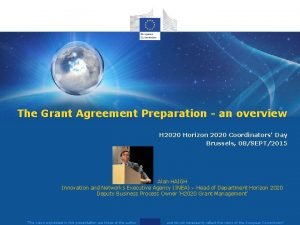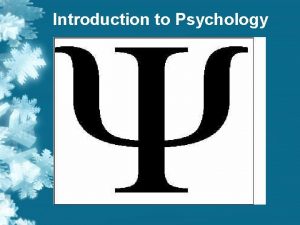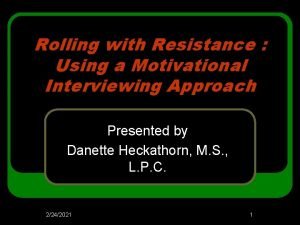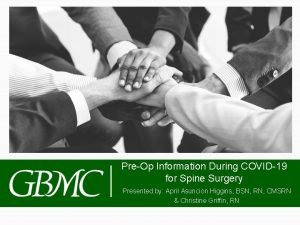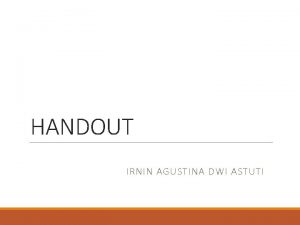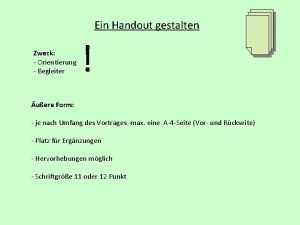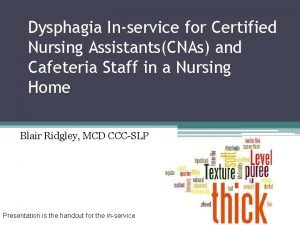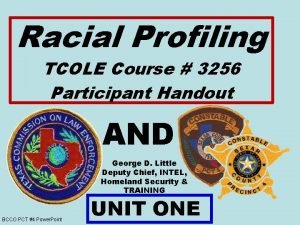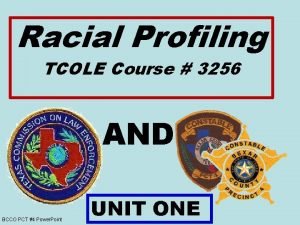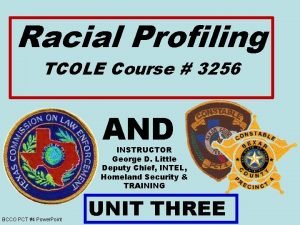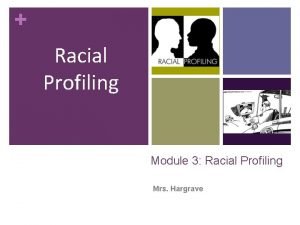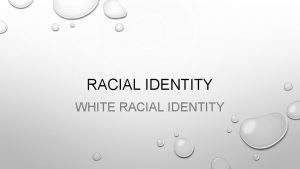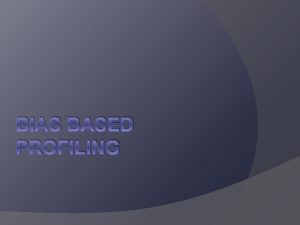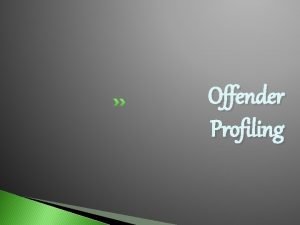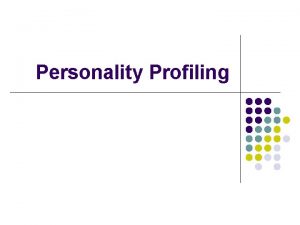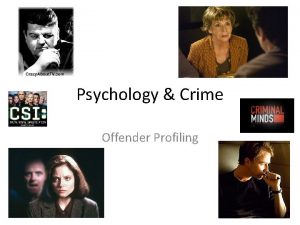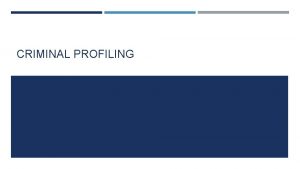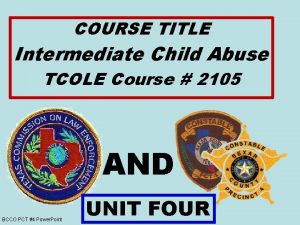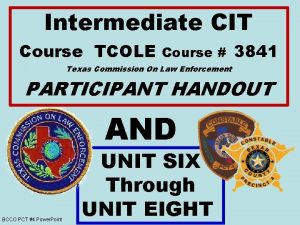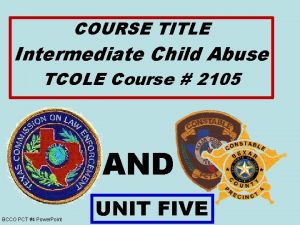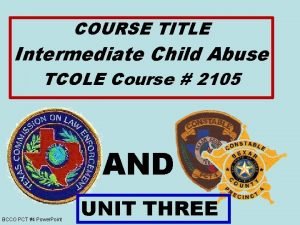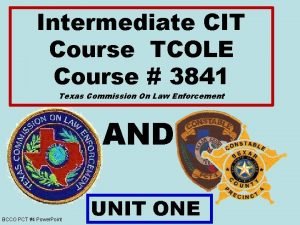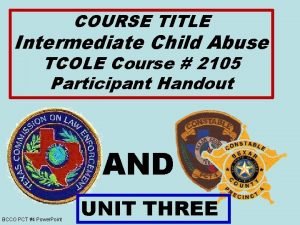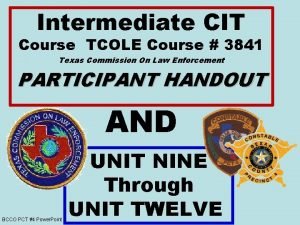Racial Profiling TCOLE Course 3256 Participant Handout AND


















































































- Slides: 82

Racial Profiling TCOLE Course # 3256 Participant Handout AND BCCO PCT #4 Power. Point UNIT THREE

COURSE/LESSON OVERVIEW Participants will be able to identify the legal aspects of racial profiling.

Learning Objectives Learning Objective 3. 0: The participant will understand the difference between racial profiling verses reasonable suspicion. Learning Objective 3. 1 : The participant will able to identify the elements of both inappropriate and appropriate traffic stops.

Learning Objective 3. 2 : The participant will be able to identify and explain DEA Operation Pipeline. Learning Objective 3. 4 : The participant will be able to identify elements of a traffic stop which would constitute reasonable suspicion of drug courier activity. Learning Objective 3. 5 : The participant will be able to identify elements of a traffic stop which could constitute reasonable suspicion of criminal activity.

3. 0 Racial Profiling verses Reasonable Suspicion. Racial Profiling A. The consideration of race, ethnicity, or national origin by an officer of the law in deciding when and how to intervene in an enforcement capacity


Most Common Racial Profiling B. The most common form of racial profiling occurs when police stop, question, and search African American, Hispanic American, or members of other racial minorities disproportionately based solely on disproportionately the individuals' _____ or _____. .


What is a “PROFILE” ? C. A profile is a set of characteristics C. which we arbitrarily ascribe to human behavior or to a social situation, situation and by which we judge, evaluate, and categorize people, places, and things. These things characteristics are derived from our life experiences, and are applied either consciously or subconsciously.

D. Profiling, as a criminal investigation tool, is naturally derived from our work experiences as law enforcement officers. We intuitively officers form _____ regarding people we professionally interact with, particularly the criminal element

From these associations, we develop a ______ profile of certain characteristics that are habitually associated with specific acts of criminal behavior.

E. Essentially, Modis Operandi (MO), E. or methods of operation, and criminal profiles are closely related concepts. Based on a criminal’s MO, an experienced and insightful investigator, particularly a specialist, can usually formulate a reasonably accurate _____of the perpetrator.

F. Reasonable ______ is a term used to describe if a person has been or will be involved in a crime based on specific facts and circumstances In order to stop a vehicle, for instance, a police officer must be able to explain that a traffic violation or a criminal act had occurred.

Reasonable suspicion F. Cont’d: is something less than probable cause, but is more than a vague suspicion, an unexplainable hunch, or a “gut feeling. ” If you cannot _____ the reason(s) for the stop, you probably don’t have grounds for a legal stop in the first place.

Articulate the “FACTS” G. To validate and justify a traffic stop or a street field interview, you must be capable of reasonably and intelligently ________, verbally and in writing, the basis writing for the stop.

G. G. Cont’d: Articulating simply means you must be able to persuasively explain or demonstrate to a court that you had probable cause to stop the vehicle or person in the first place, and that you had reasonable place suspicion for any further detaining or investigative actions you conducted following the stop

3. 1 Elements of Appropriate and Inappropriate Traffic Stops APPROPRIATE STANDARD A. _____ and __________ are the keys to professional police work, especially in confronting citizens in proactive field stops; anything less is ethically and professionally unacceptable.

INAPPROPRIATE B. Police work, by its very nature, B. however, can be driven by a _______ determination to just getting the job done; an “ends justify the means attitude”. This is personified by the old cop adage: “Do something take some kind of action even if it’s the wrong thing. ”

“There is no right way to do a wrong thing”

Race-Based Complaints (Vehicle Stops) C. Most race-based complaints come from vehicle stops, often since ______ is used as an inappropriate substitute for drug courier profile elements

D. "DWB" – " Driving While DWB Black" a nickname for the public Black perception that a Black person may be stopped solely because of their race (especially with the suspicion that they are a drug courier), often extended to other minority groups or activities as well ("Driving While Brown, " "Flying While Black, " etc. ) Brown

E. A typical traffic stop resulting from racial profiling 1. The vehicle is stopped on the basis of a minor or contrived traffic ______ which is used as a pretext for closer inspection of the vehicle, driver, and passengers

E. A typical traffic stop resulting from racial profiling 2. The driver and passengers are ________ about things that do not relate to the traffic violation

E. A typical traffic stop resulting from racial profiling 3. The driver and passengers are _____ out of the vehicle

E. A typical traffic stop resulting from racial profiling 4. The officers ____ check all observable parts of the vehicle

E. A typical traffic stop resulting from racial profiling 4. The officers proceed on the assumption that ________ work is involved by detaining the driver and passengers by the roadside

E. A typical traffic stop resulting from racial profiling 5. The driver is asked to _____ to a vehicle search – if the driver refuses, the officers use other procedures such as

E. A typical traffic stop resulting from racial profiling - 5. such as a. waiting on a _____ unit, b. criminal record _____, c. license-plate ____, etc. , All the while ________ the driver (with the threat of detaining him/her, obtaining a warrant, etc. )


3. 2 Elements of a traffic stop constituting reasonable suspicion of drug courier activity A. Drug courier profile (adapted from a profile developed by the DEA)

U. S. Drug Enforcement Administration A. – Cont’d: In 1986, the DEA instituted “_____, ” a highway drug interdiction program, which has since trained state and local police agencies in the use of pretext traffic stops in order to find drugs in vehicles.

B. The techniques suggested by the B. DEA include the following ______, or _____ of highway drug smuggling: 1. Use of car air ______ to discourage drug-sniffing canines 2. Overt signs of driving long hours without stop, such as food _______ and beverage _____ in the car, days-old facial beards, and disheveled clothing

DEA clues, or indicators of highway drug smuggling: 3. Use of _______ vehicles 4. Driver is a young male, usually ____ years; the age group which experience has shown to be the most likely drug courier. 5. No visible ______ in the vehicle

DEA clues, or indicators of highway drug smuggling: 6. Driver attempted to _____ or _____ the police by operating either recklessly, or even overly-cautiously 7. Unusual driver ______ and anxiety

C. The DEA and local police agencies vigorously deny that race or ethnicity is a factor in drug courier profiles. These agencies say they neither teach nor condone racial profiling. If and when it does occur, they infer it is the result of over-_______ or errant officers, the proverbial “bad apples” or “______ cop” cliché. MASKING THE TRUTH

D. Other Signs – cues or indicators used by civilian state, county and local law enforcement agencies. Copies DEA Standards

• Driver is nervous or anxious beyond the ____ anxiety and cultural communication styles 2. Signs of ______-term driving (driver is unshaven, has empty food containers, etc. ) 3. Vehicle is ____ 4. Driver is a young male, ___-___

5. No visible _____, even though driver is traveling 6. Driver was over-reckless or over____ in driving and responding to signals 7. Use of air ______ 8. Payment of ____ in cash 9. Traveling under an _______

10. Traveling to and from a known drug ____ location. 11. Leaving false call back _______ with ticketing agent. 12. Excessive travel to drug-______ or distribution ____, i. e. frequent trips to Mexico (with no family ties there).

E. Drug courier activity indicators by themselves are usually not sufficient to justify a stop

3. 3 Identify elements of a traffic stop which could constitute reasonable suspicion of criminal activity A. Thinking about the totality of circumstances in a vehicle stop

B. Vehicle exterior 1. Non-standard _____ (esp. on a new vehicle) 2. Signs of hidden ______ (heavy weight in trunk, windows do not roll down, etc. ) 3. Unusual license ____ suggesting a switch (dirty plate, bugs on back plate, etc. )

B. Vehicle exterior 4. Unusual circumstances (pulling a ____ at night, kids' bikes with no kids, etc. )

C. Pre-stop indicators 1. Not consistent with traffic _____ 2. Driver is overly ______, or driver/passengers repeatedly look at police car 3. Driver begins using a car- or cell -phone when signaled to stop

C. Pre-stop indicators 4. Unusual pull-over _____ (ignores signals, hesitates, pulls onto new street, moves objects in car, etc. ) 5. Traveling to and from _______ smuggling suspected location.

D. Vehicle interior 1. Rear seat or interior panels have been _____, there are tools or spare tire, etc. 2. _______ items (antitheft club with a rental, unexpected luggage, etc. )

3. 4 Interpersonal Communications (Key) A. Effective _______ skills A. can be a police officer’s most important attribute. This is attribute particularly so when engaged in a traffic stop or a field interview on the street. A few particulars…:

A. Effective communication skills: A. 1. Approach the citizen in a open, _____ manner if at all possible. Keep your body language assertive, but non-_____. If appropriate, introduce yourself.

A. Effective communication skills: A. 2. Remember, the key elements in any stop are ____ and _______. Sometimes it’s difficult to be courteous, but you should always be civil

A. Effective communication skills: A. 3. Tell the citizen why you stopped him. Unless it’s patently obvious, the citizen has a right to know and you are _______ obligated to inform him, without any hostility or posturing on your part. 4. Avoid any excessive small-_____ or inappropriate questioning.

A. Effective communication skills: A. 5. Be ______ and to the point. Don’t detain anyone beyond the time needed to effect the necessary enforcement action or otherwise clarify a situation

A. Effective communication skills: A. 6. Keep your physical, or non-verbal indicators ____ and _____, such as your: a. ____ contact b. ____ c. Position of _____ d. Facial _______

A. Effective communication skills: A. 7. According to studies conducted in several states, the number one citizen complaint about police officers is the officer’s _____conduct. By comparison, only about onefourth of the complaints filed against police officers dealt with excessive force issues

A. Effective communication skills: A. 8. Speak civilly and in a moderate tone. Citizens seem more concerned about how officers speak to them, than by them what the officer actually says. Citizens are particularly aggrieved by what they perceive as an officer’s gruff or condescending tone of voice

A. Effective communication skills: A. 9. ____ actively. Communication is a two-part process and listening is the other half. Regardless of the type of person you’re dealing with, stay focused and concentrate on what they’re saying (…or not saying).

B. CPR for Professionalism: B. 1. _______ – A state of affairs characterized by tolerance, kindness, consideration, and understanding. Civility can be expressed by positive action, or even inaction, as when police officers refrain from over-reacting to verbal outbursts from angry citizens

B. CPR for Professionalism: B. 2. ________ – In a broad sense, a concept of excellence or a continual striving for excellence. Its core elements include technical knowledge, moral judgments, a clientoriented practice, considerable discretion given to practitioners, and most importantly, an acknowledgement that policing is a

B. CPR for Professionalism: B. 2. ________ – Cont’d: “moral call” profession, in which members are duty bound to respond, whenever and wherever respond called, regardless of who calls them.

B. CPR for Professionalism: B. 3. ______ – The self-control exercised by officers and their selection of the least intrusive means of accomplishing a legitimate police objective.

REMEMBER YOUR LAW ENFORCEMENT ETHICS C. Police cannot ascribe certain behavior traits to a person or a group merely on the basis of their ______ or _____ background. If police action is taken, it must be because the person in question has violated a ______, not because he or she is of a particular race, ethnicity, or gender.

Police can only intervene on the basis of what people do, not on what they do look like.

Instructors Experience The “RACE CARD” is often played against law enforcement to defer or mask one’s actions; however it is not an affirmative defense against prosecution for one’s overt criminal activities.

RESPECT is a two-way street, if one wants Respect one must give RESPECT, despite the color of one’s skin or ethnicity. Simply put “Do unto other as you would have them do unto you”. Matthew 7: 12 Our duty and responsibility is to protect the flock against all would be perpetrators and predators.

Our government and our media are the biggest perpetrators and promoters of furthering “RACISM” in our country. It is our duty, responsibility and accountability to STOP RACISM and treat every American as an equal.

One over-zealous racist (bigot) peace officer can taint all of us for years to come. Justice and Equality are for all Americans and it has nothing to do with race or ethnicity. What is your view – opinion?

4. 0 Best Practices for Vehicle Stops A. Some officer best-practices for vehicle stops: 1. Always inform the driver of the -_____ for the stop. Speak slowly and clearly.

A. Some officer best-practices for vehicle stops: 2. Describe the violation in terms of what the vehicle was ____, not what the driver did. This nonaccusatory approach can often enhance officer-driver rapport. 3. Ask the driver for the reason for the _____; allow them to vent/offer a stress-reducing explanation.

A. Some officer best-practices for vehicle stops: 4. Provide _______. After you obtain their license and registration, tell (explain to) them that you are going back to your police vehicle to review their documents and advise them to remain in their vehicle.

A. Some officer best-practices for vehicle stops: 5. Calm any children in the stopped vehicle that may be visibly apprehensive of the presence of a police officer.

B. Again, it’s worth repeating: Proactive traffic enforcement that is race or ethnic-based is neither legal: consistent with democratic ideals, values, and principles of American policing; nor in any way a policing legitimate and defensible public protection strategy.

C. Use the but/for but/ test to determine if a stop was based on _____ profiling. Say to yourself, But for this person’s race, ethnic heritage, gender, religious or sexual preference, would this driver have had this encounter with me?

C. Cont’d: If the answer is that they would not, then this was a profile stop and most likely a violation of the person’s Constitutional rights. US Department of Justice, NHTSA, Strengthening the Citizen and Police Partnership at the Traffic Stop: Professionalism is a Two-Way Street, (Draft) Washington, DC, Aug. 14, 2000, p. 8. Ibid.

SUMMARY • What did you learn? • How will you apply what you’ve learned? • DEFINE & PROCESS UNIT THREE

DEFINE & PROCESS Define: Explain the difference between reasonable suspicion and racial profiling. Process:

DEFINE & PROCESS Define: Explain the elements of both inappropriate and appropriate traffic stops. Process:

DEFINE & PROCESS Define: Explain elements of a racially- motivated traffic stop for drug courier activities. Process:

DEFINE & PROCESS Define: Explain elements of a traffic stop which would also constitute reasonable suspicion of criminal activity. Process:

DEFINE & PROCESS Define: Explain elements and importance of good communication skills, professionalism and ethics when confronting the public. Process:

SOURCES All Course Sources and/or Resources are listed in your Participant Handout RACIAL PROFILING TCOLE # 3256 Bexar County Constable Office PCT #4

Questions?

“Knowledge is “POWER” Stay informed, stay SAFE, stay Vigilant & stay Alive”

TAKE A 15 -MINUTE BREAK
 Basic instructor course texas
Basic instructor course texas Basic instructor course tcole
Basic instructor course tcole Basic instructor course #1014
Basic instructor course #1014 Tcole 3737
Tcole 3737 2106 crime scene investigation
2106 crime scene investigation Tcole 1014 basic instructor course
Tcole 1014 basic instructor course Tcole new supervisor course
Tcole new supervisor course Tcole advanced instructor course
Tcole advanced instructor course Tcole advanced instructor course
Tcole advanced instructor course 2106 crime scene investigation
2106 crime scene investigation Tcole basic instructor course
Tcole basic instructor course Timid bigot example
Timid bigot example Chapter 10 racial and ethnic relations
Chapter 10 racial and ethnic relations Black studies and the racial mountain
Black studies and the racial mountain Chapter 10 racial and ethnic relations review worksheet
Chapter 10 racial and ethnic relations review worksheet Racial etiquette targets
Racial etiquette targets Racial wealth gap simulation
Racial wealth gap simulation Promoting racial literacy in schools
Promoting racial literacy in schools Anti imperialist league apush
Anti imperialist league apush Racial prejudice
Racial prejudice Drawing don tiburcio noli me tangere
Drawing don tiburcio noli me tangere Racial insults
Racial insults In what regions did the literacy test exist
In what regions did the literacy test exist Cartel ley organica contra la discriminacion racial
Cartel ley organica contra la discriminacion racial Democracia racial
Democracia racial Lesson 2 discrimination
Lesson 2 discrimination Course title and course number
Course title and course number Covert and overt observation
Covert and overt observation Scatter plots and data student handout 4
Scatter plots and data student handout 4 Tcole 2106
Tcole 2106 Tcole 3939 answers
Tcole 3939 answers Tcole 2105
Tcole 2105 Tcole 2105
Tcole 2105 Ccp
Ccp Tcole intermediate classes
Tcole intermediate classes Tcole 2107
Tcole 2107 Tcole 2105
Tcole 2105 Tcole 2105
Tcole 2105 Tcole 4068
Tcole 4068 Tcole 3737
Tcole 3737 Tcole 3275
Tcole 3275 Tcole 2106
Tcole 2106 Intermediate crime scene investigation texas
Intermediate crime scene investigation texas Tcole 2105
Tcole 2105 Building with bricks
Building with bricks Chaine parallèle muscle
Chaine parallèle muscle Tlr participant worksheet answers
Tlr participant worksheet answers Tlr training
Tlr training Participant sample
Participant sample Participant constraint adalah
Participant constraint adalah Participant oriented evaluation
Participant oriented evaluation Participant tracking software
Participant tracking software Normative theory in mass communication
Normative theory in mass communication Dsf.ca/participant
Dsf.ca/participant Participant-driven research
Participant-driven research Participant observation
Participant observation Participant media
Participant media Horizon participant portal
Horizon participant portal What is overt observation
What is overt observation Democratic participant media theory
Democratic participant media theory Participant diary/logs
Participant diary/logs John burton foundation
John burton foundation Participant diary/log
Participant diary/log Daina middleton participant
Daina middleton participant Four theories of the press
Four theories of the press Narrative ethnography
Narrative ethnography Samhsa anger management participant workbook
Samhsa anger management participant workbook Eacea participant portal
Eacea participant portal Safe at home participant
Safe at home participant Complaint against depository participant
Complaint against depository participant Complete observer
Complete observer Non participant observation
Non participant observation What is the social function of a narrative text!
What is the social function of a narrative text! Mga uri ng metodo
Mga uri ng metodo Participant expectations
Participant expectations Eacea participant portal
Eacea participant portal Proximadistal
Proximadistal What does rolling with resistance mean
What does rolling with resistance mean No bending lifting twisting
No bending lifting twisting Journey 2050 student handout 4 matching activity
Journey 2050 student handout 4 matching activity Ciri-ciri handout
Ciri-ciri handout Ein handout gestalten
Ein handout gestalten Dysphagia diet levels handout
Dysphagia diet levels handout



